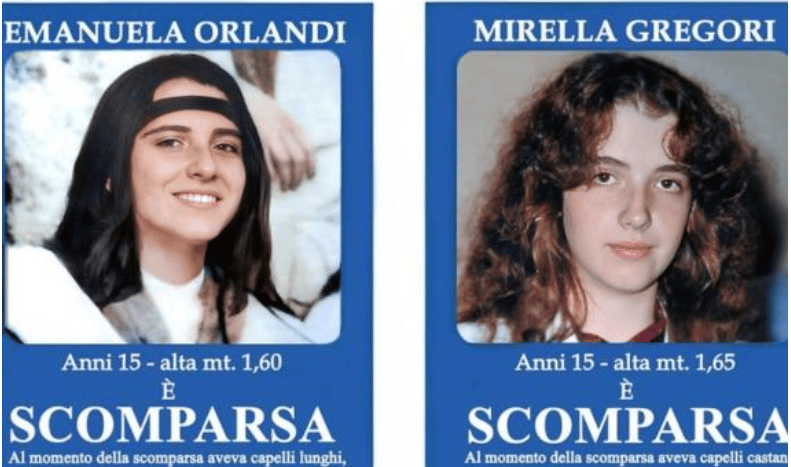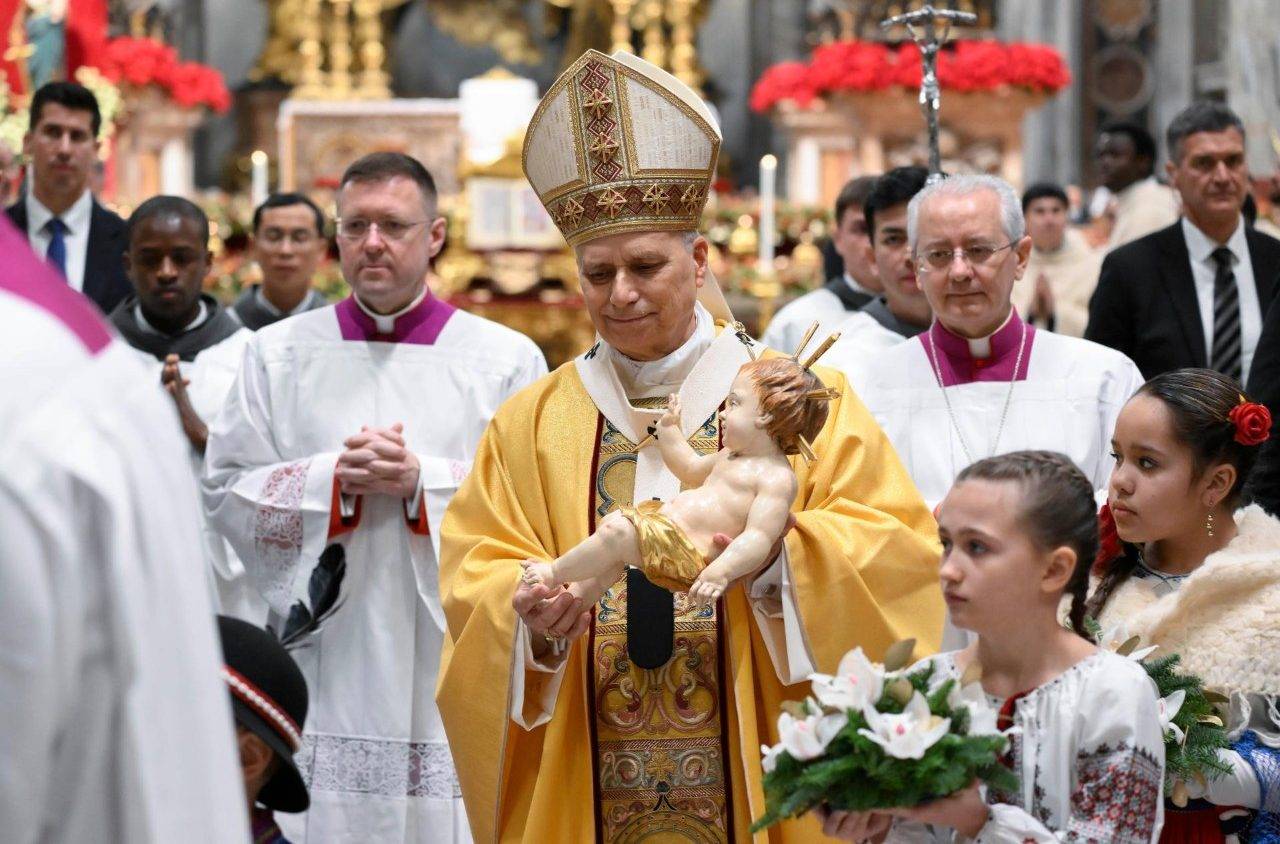ROME – After months of delays related to controversial comments by a relative perceived as offensive to the late Pope John Paul II, the Italian senate finally approved a measure Thursday to create a parliamentary inquiry into the 1983 disappearance of 15-year-old Emanuela Orlandi, known as the “Vatican Girl” due to a popular Netflix documentary on her case.
The inquiry will also investigate the disappearance of another 15-year-old girl at roughly the same time, Mirella Gregori, whose case long has been linked to that of Orlandi.
Thursday’s Senate decision followed a similar vote by Italy’s lower house in March, meaning the measure now becomes law. The new commission will be composed of 20 members from the House of Deputies and 20 from the Senate, and will have the investigatory authority, including subpoena powers, of a judicial magistrate.
Members of the commission are expected to be named by the end of the year. The commission will have a budget of roughly $55,000 annually, and its mandate is tied to that of the current legislature, meaning it will have roughly four years to complete its work.
When the “Vatican Girl” documentary debuted last October, it reignited interest in the Orlandi case, which over the past forty years has become the Italian equivalent of the Kennedy assassination, meaning the country’s most debated mystery and a magnet for conspiracy theories.
The Orlandi mystery has generated interest largely because of the Vatican connection, as her father, now deceased, was a minor official in the Prefecture of the Papal Household, and the family lived in a Vatican apartment.
In the wake of the new documentary, both the Procurator of Rome, essentially the city’s District Attorney, and the Vatican’s Promoter of Justice announced they were opening fresh investigations, and the House of Deputies swiftly voted to create a parliamentary commission as well.
Momentum stalled in April, however, when Pietro Orlandi, Emanuela’s older brother who has devoted his life to the search for the truth about his sister, went on Italian television to quote an ex-mobster alleging that John Paul II had connived in the operation of a pedophile ring in the Vatican, suggesting that Emanuela’s disappearance was connected.
Those insinuations brought a swift response from Pope Francis, who called them “offensive and unfounded” in an April 16 Regina Coeli address, and later referred to the charges as “rubbish” during an inflight news conference after a trip to Hungary.
That controversy slowed down senate deliberations, as did testimony from the Vatican’s Promoter of Justice, Italian lawyer Alessandro Diddi, who told a senate panel it would be inappropriate to launch a political inquiry while both he and Rome procurator Francesco Lo Voi are still conducting judicial investigations.
Despite an overwhelming vote in favor of the commission, echoes of those controversies were still heard during Thursday’s Senate debate.
“The new commission must not become a media circus, an aggression against saints,” said conservative Senator Maurizio Gasparri said, adding, “We won’t tolerate that.”
Although public interest tends to focus on Orlandi, the Gregori case has proven equally puzzling over the years.
Gregori went missing in 1983 just 40 days before Orlandi’s disappearance. She was the daughter of a bar owner whose establishment was located near Rome’s main train station, and studied at a technical high school.
The two cases have been seen as linked in part because in 1985, during a visit by Pope John Paul II to the Gregori family’s Roman parish of San Giuseppe, her mother claimed that she recognized a Vatican gendarme, Raoul Bonarelli, who was part of the pope’s escort, as a young man who used to spend time with her daughter and a friend in a bar near their home.
In a recent interview, Maria Antonietta Gregori, Mirella’s sister and a member of Italy’s “Penelope Association” for family and friends of people who have disappeared, called on Pope Francis to make a public reference to her sister’s case, as he did in June on the 40th anniversary of Orlandi’s disappearance.
“I hope that Pope Francis soon will also mention Mirella’s name, and that he’ll ask for prayers for her,” Gregori said. “I think that in certain cases, when there’s so much pain in a family, a word from the Holy Father can help relieve the suffering.”
After the senate vote, Gregori expressed optimism about the parliamentary inquest.
“We’ve waited forty years for the truth,” Gregori told Italian television. “This time, we have hope for a good result.”
Over the four decades since her disappearance, a bewildering variety of theories have emerged about Orlandi’s fate, ranging from efforts to link it to the 1981 assassination attempt against Pope John Paul II and his support for Solidarity in Poland to the Vatican bank scandals of the 1970s and 80s, as well as alleged connections to the Roman mob. More recently, other observers have tried to connect the Orlandi case to the sexual abuse scandals in Catholicism, suggesting she may have fallen victim to a Vatican cleric or circle of clerics.
It will now be up to the parliamentary commission to try to sort through the various hypotheses. One immediate task for the new inquiry will be to clarify its relationship to the two other investigations currently underway, by the Vatican and Rome’s chief prosecutor. It will also have to navigate the diplomatic complexities of requesting evidence and testimony from the Vatican, as the Italian parliament cannot compel officials of another state to cooperate.
According to the text of the measure adopted Thursday, one objective of the new commission will be “promoting actions with foreign states, aimed at obtaining documents or other evidence in their possession that are useful for the reconstruction of the story.”














